ASCENDERS is the latest production made in BackLight, a French creative studio dedicated to free roaming experiences (LBE). Its director, Jonathan Astruc, used to this kind of production (he signed BIRDY KING LAND, VALERIAN VR, ECLIPSE or TOYLAND), comes back with us on the presentation of the project at the last Venice Mostra and its future exploitation.
ASCENDERS, after ECLIPSE
Jonathan Astruc – The desire to make ASCENDERS came from our previous productions, and from what we had learned. And especially ECLIPSE, which is an experience that circulates a lot in VR arcades (and also several festivals). The ambition was to be able to propose a new game on the same basis, namely a cooperative experience with 2 teams of 2 people, a duration of one hour including brief and equipment, a vibrating floor, and an identical play area, to continue to make the set up of the places which exploit ECLIPSE with a new content. I felt strongly that we needed to play with scale and perspective to get out of a confined environment – develop space, dimensions, while using our “plan shifting”. One of the gimmicks of BackLight’s storytelling is that we can use trays to transport users into the environment, multiplying the possibilities and above all offering a virtual world that is much larger than the physical set up in which it is operated.

J. A. – ASCENDERS is based on the idea of a mysterious island-mountain of hidden stone giants, while a monstrous wave is about to cover everything. The player must climb this mountain with the help of the giants to escape the wave and not be swallowed up. It’s like a board game, with stages where everyone has to collaborate to move forward, and the goal is to finish all together. It is a fluid progression in the story, without “cut” camera, like a real one hour escape game.
J. A. – The challenge was also to take the players to more original universes. ECLIPSE referred to science fiction that was ultimately very popular, with nods to ALIEN or SUNSHINE. And it was the idea to add these common imaginary worlds to our narrative thread. With ASCENDERS we wanted to break away from this, even if everyone can add their own ideas by confronting the story, by relying on storytelling through the environment and by developing the relationship between the players, live. When ECLIPSE was presented in Venice in 2018, I was able to discover VR_I by Gilles Jobin, who had already explored his stories of scale between characters, of dimensionality of the story. I was bluffed, and it reassured me on many points to develop ASCENDERS.
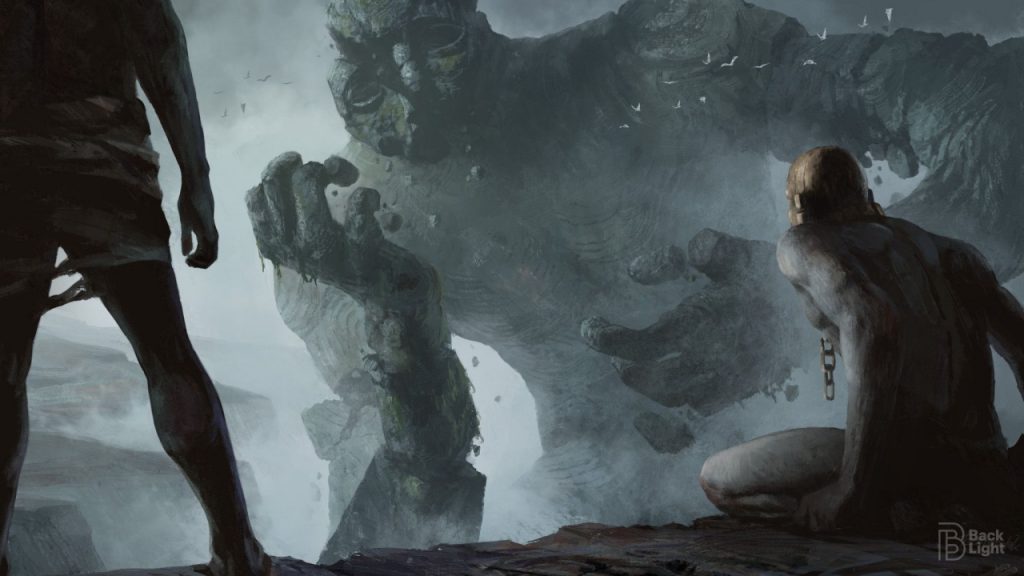


J. A. – We also wanted to reassure ourselves about the general public aspect of the experience, by producing something accessible, simple in the gameplay. When you are welcomed by the giants, who carry you in their hands, it works! We are immediately in the story. I regularly have problems with immersion in VR escapes. With ECLIPSE, we tested a lot of things that we pushed with ASCENDERS – like having a timer in the story to escape this giant wave. But keeping the story at the heart of the project.
Designing an immersive experience: pre-production
J. A. – When I prepare a project, even before we work on concept art, I put together a video with excerpts of creative content that I find relevant: video games, movies, etc. A form of trailer that I can present to the team. A kind of trailer that I can present to the team. For ASCENDERS, I looked at League of Legends by Fortiche, Clash of the Titans, old movies, a Jamiroquai video etc. A “moodtape”, if you will.
J. A. – Then I worked with Thomas Crauk on the script – Thomas works with me regularly to write the stories of our experiences. We deliver a fairly extensive document on the universe, the characters… For ASCENDERS, we couldn’t use everything that was written, and I hope that one day we’ll have the opportunity to show a little more! In parallel, I’m working with Aymeric Favre and Luc Grzesiak on the art direction and the first visuals (concept arts). This way, we can provide a real file on the experience from the pre-production stage with our desires, the sets, the characters. I’m also inspired by a lot of games like MYST, and I keep showing short videos to think about our own interaction modes and gameplay adapted to ASCENDERS.
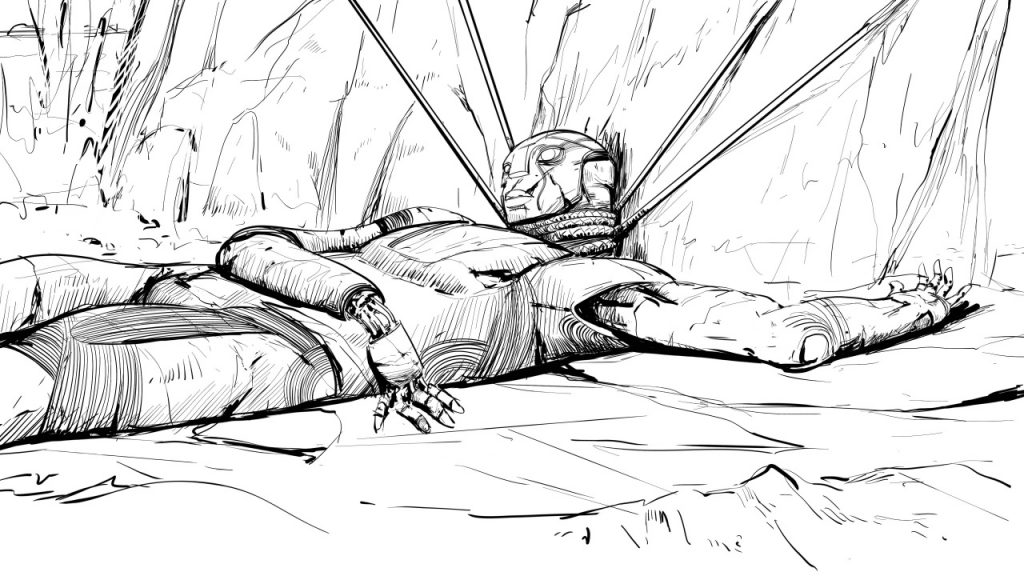
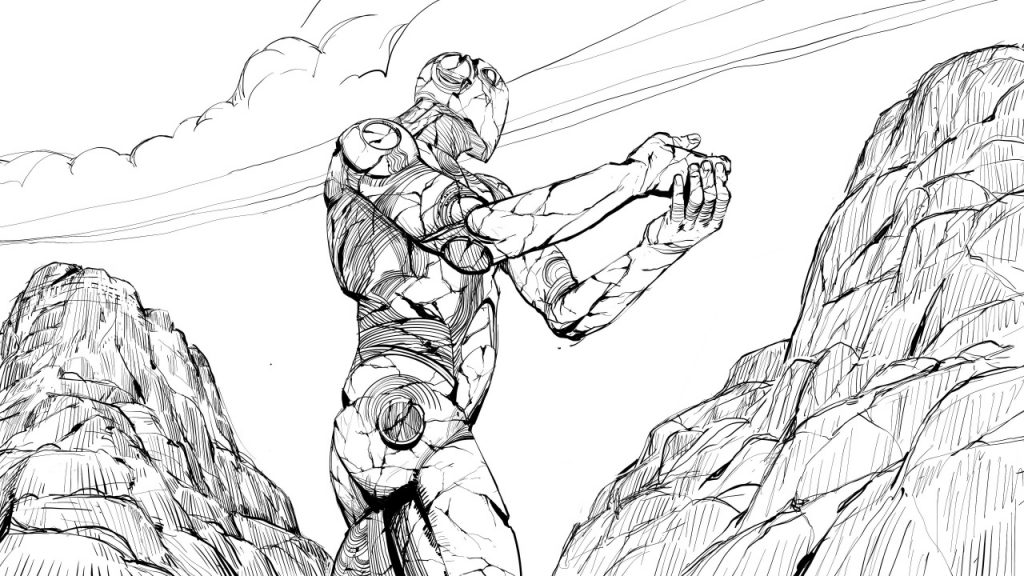
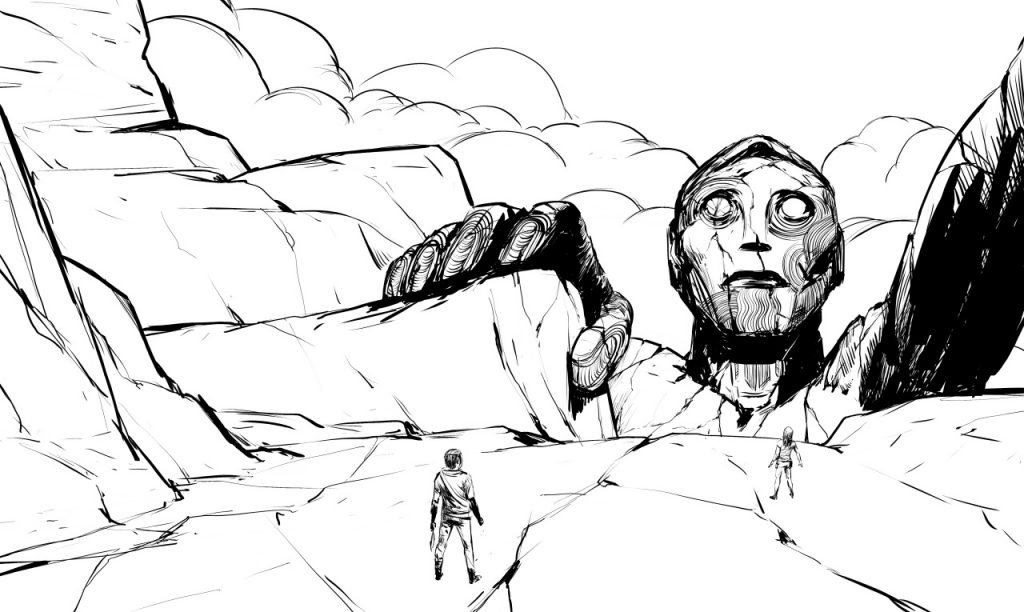
J. A. – For the giants, the challenge was to design them in a realistic way. I initially wanted them to be much larger, almost 1 kilometer high! But the players had to be transported by the giant’s hands, and if we wanted a minimum of respect for scale – with elements that were neither too big nor too small – and a credibility of real movements, we had to be less ambitious. The giants were therefore reduced to about 70 meters high. All these adjustments were made, during the confinements, directly in the experiment, with all the collaborators in virtual. These questions of scale guided the size of the island and of each of the components of the story.
J. A. – On the other hand, our challenge was this desire to make the action fluid. How to move around, how to keep the user busy if the other team is late… It’s the environment that guides all this. The various technological advances have also allowed us to work despite health constraints, by joining in the experience without being in the same physical space. This is something we couldn’t have done on ECLIPSE, and it was much faster. I could see my facilitators modeling directly in ASCENDERS.
ASCENDERS, an aesthetic experience
J. A. – We did a lot of research on the aesthetics of the project. In particular with the concept artists: we had to move forward with a desire for quality of experience, not being able to do everything we wanted. We emancipated ourselves from photo-realism for a more animated design, almost comic book-like, which adapts to the medium. There is an almost past, dull, even dark aspect that illustrates this world in agony. We also got rid of ideas that were too colorful in order to maintain this more mature aesthetic.
J. A. – ASCENDERS was built around a longer experience, but we made the choice to cut some sequences to make the story more effective. I keep those scenes in a corner, hoping to present them to the public one day. I’m working on new projects now, but we have a real team at BackLight dedicated to running projects that keeps me informed about the future of ASCENDERS. I’ll be going back to the theater, especially to test the haptic equipment. It’s important to stay in touch with the reality of broadcasting in LBE theaters, while maintaining one’s VR culture: this is essential information to further improve our narrative possibilities. HALF LIFE: ALYX, BLADE AND SORCERY are some of the titles I’ve tested recently.

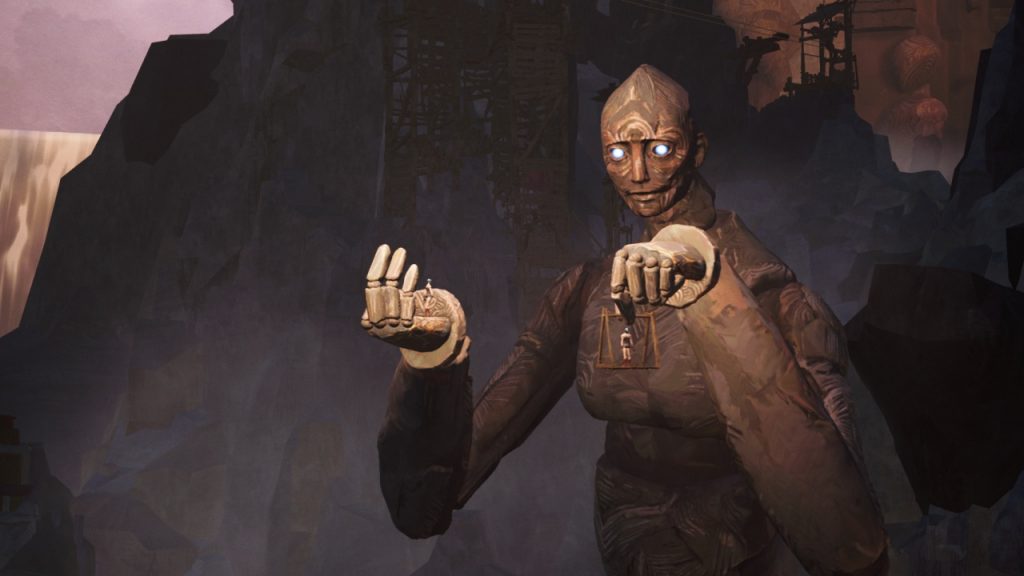
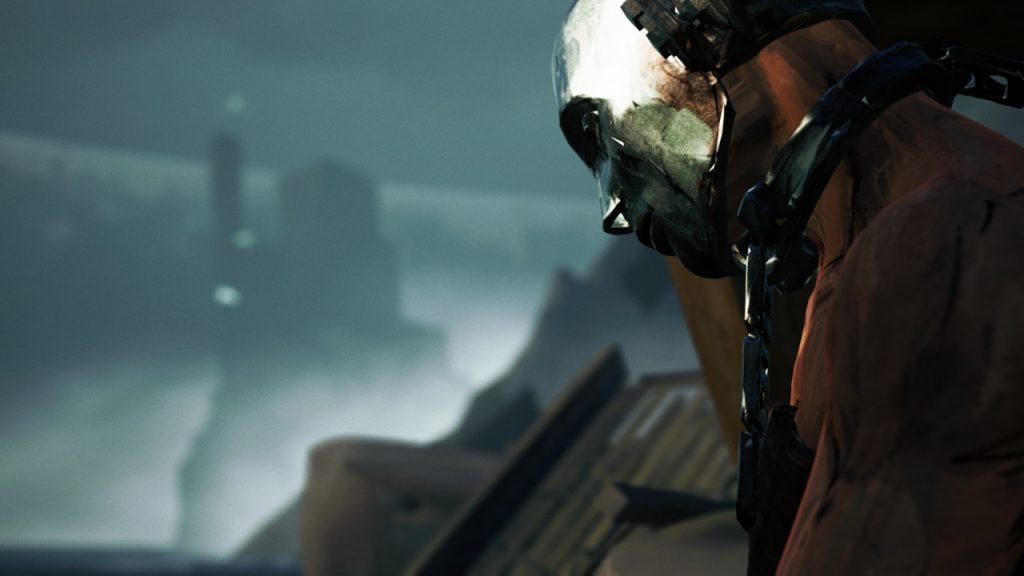



Leave a Reply
You must be logged in to post a comment.